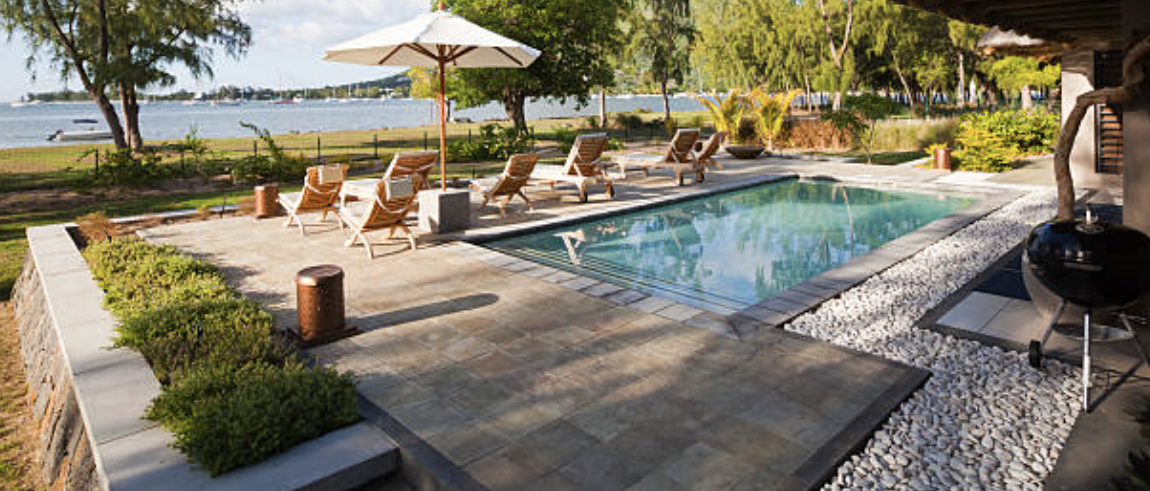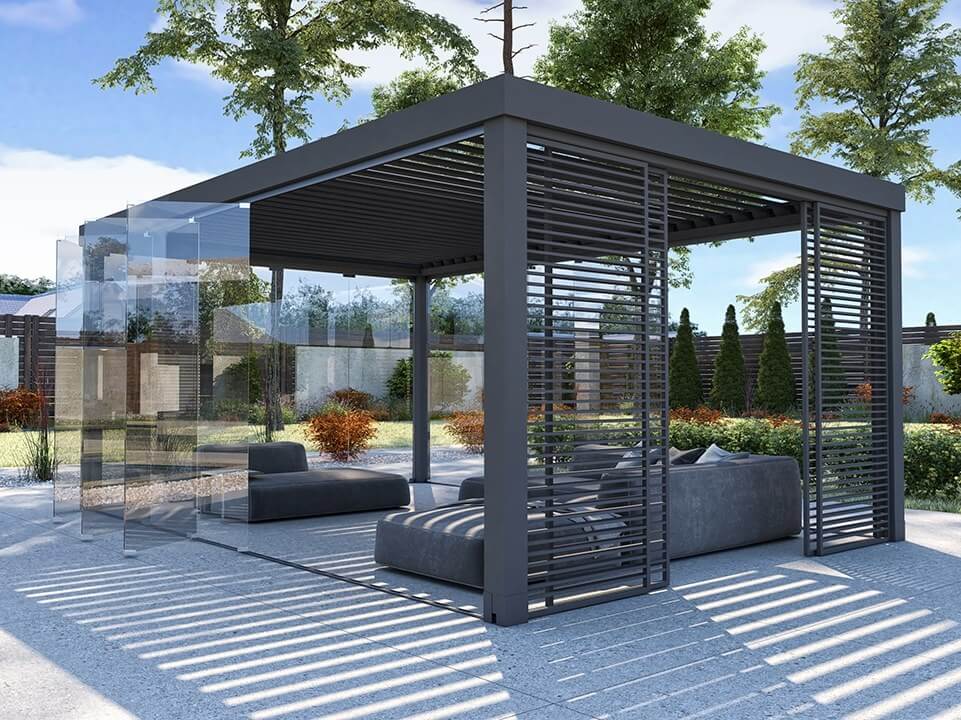Pergolas incorporate beauty and function to your front or backyard. They are garden or yard structures that provide seating, shade, and comfort outside your home and it gives additional beauty to your pool. A thoughtfully designed pergola will provide character to your outdoor space and define a separate area from the rest of the yard. There are different pergola design ideas to match your needs. A pergola can be a relaxing corner for tired gardeners, a cosy garden nook for readers, an outdoor dining area, or an installation to maximise your frontage appeal.
Components of a Pergola
While you can find pergolas in several different styles and materials, they all have a few things in common. Before we get into all the bells and whistles, here are the essential parts of any pergola.
Columns: These are the pillars that support the pergola’s roof and often serve as a framework for outdoor living spaces. The number of pillars depends on the size of the pergola and whether it’s free-standing or attached to a building.
Beams and rafters: Beams and rafters are the slats that make up the pergola’s open roof. The beams go on top of the columns, then the rafters go on top of the beams.
Stringers/purlins (optional): Stringers, aka purlins, go on top of the rafters, running perpendicular to them. They add more shade, but not all pergolas have them.
Ledger board (optional): In attached pergolas, the ledger board replaces the beam on the side attached to the wall. The ledger board is the part that connects the pergola to the building.

